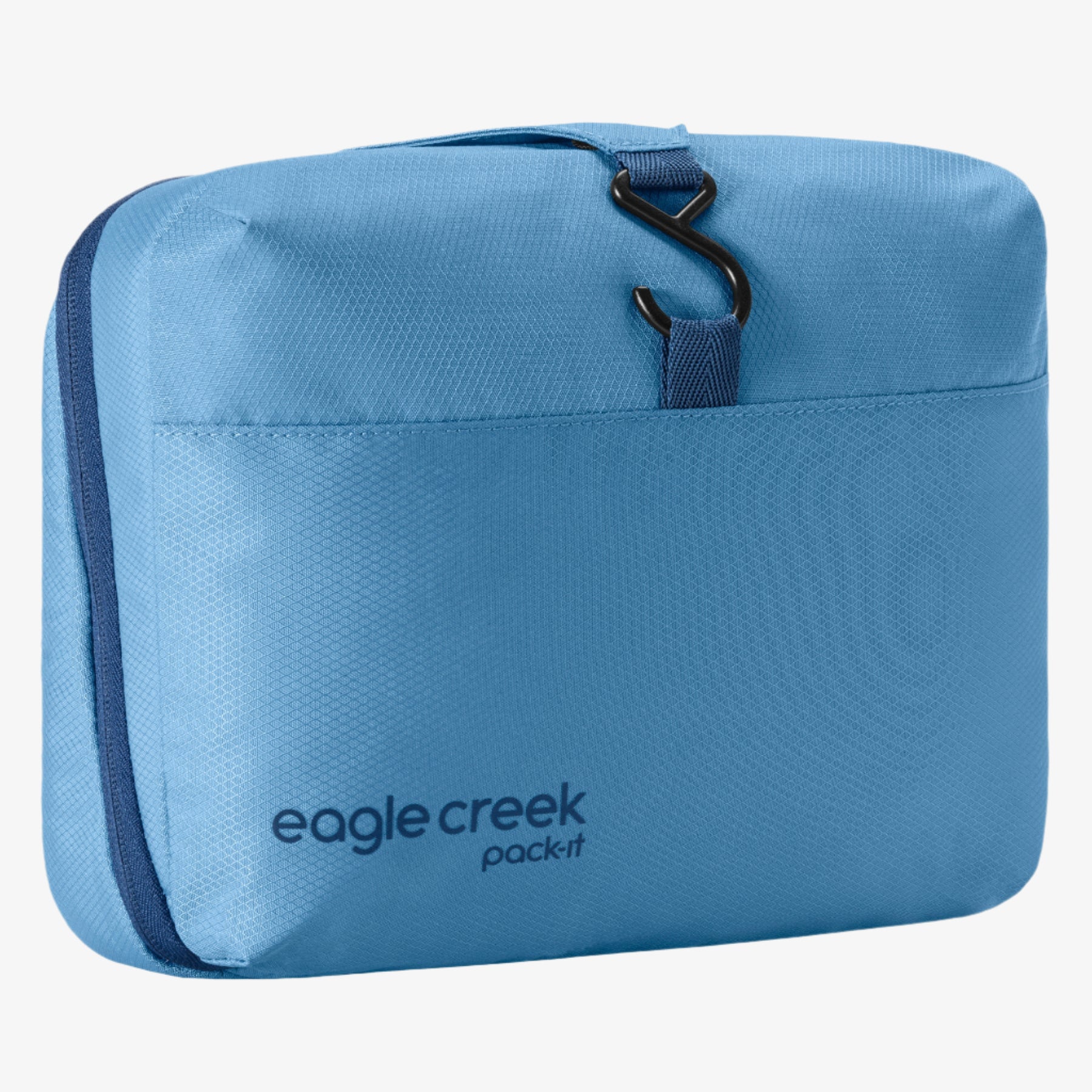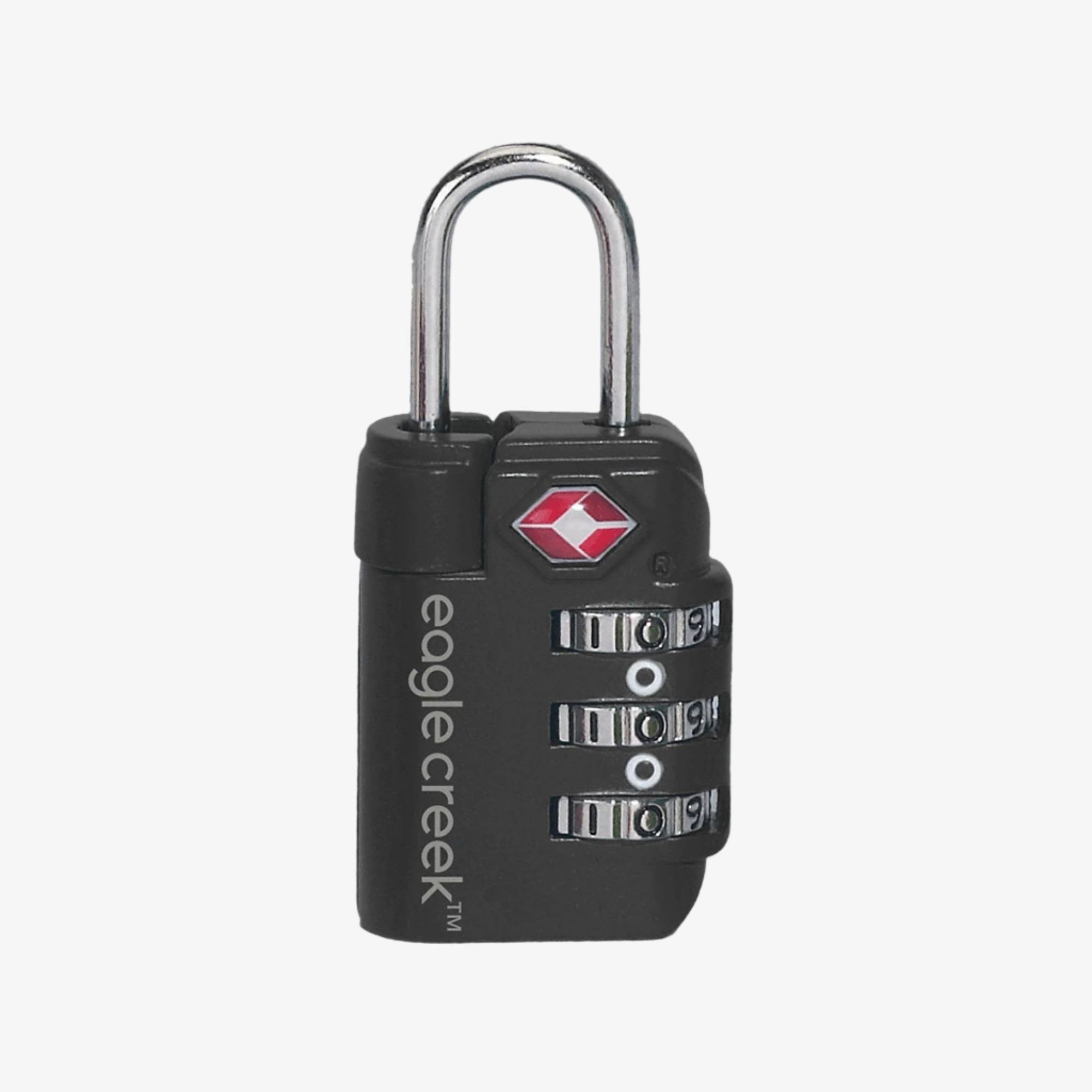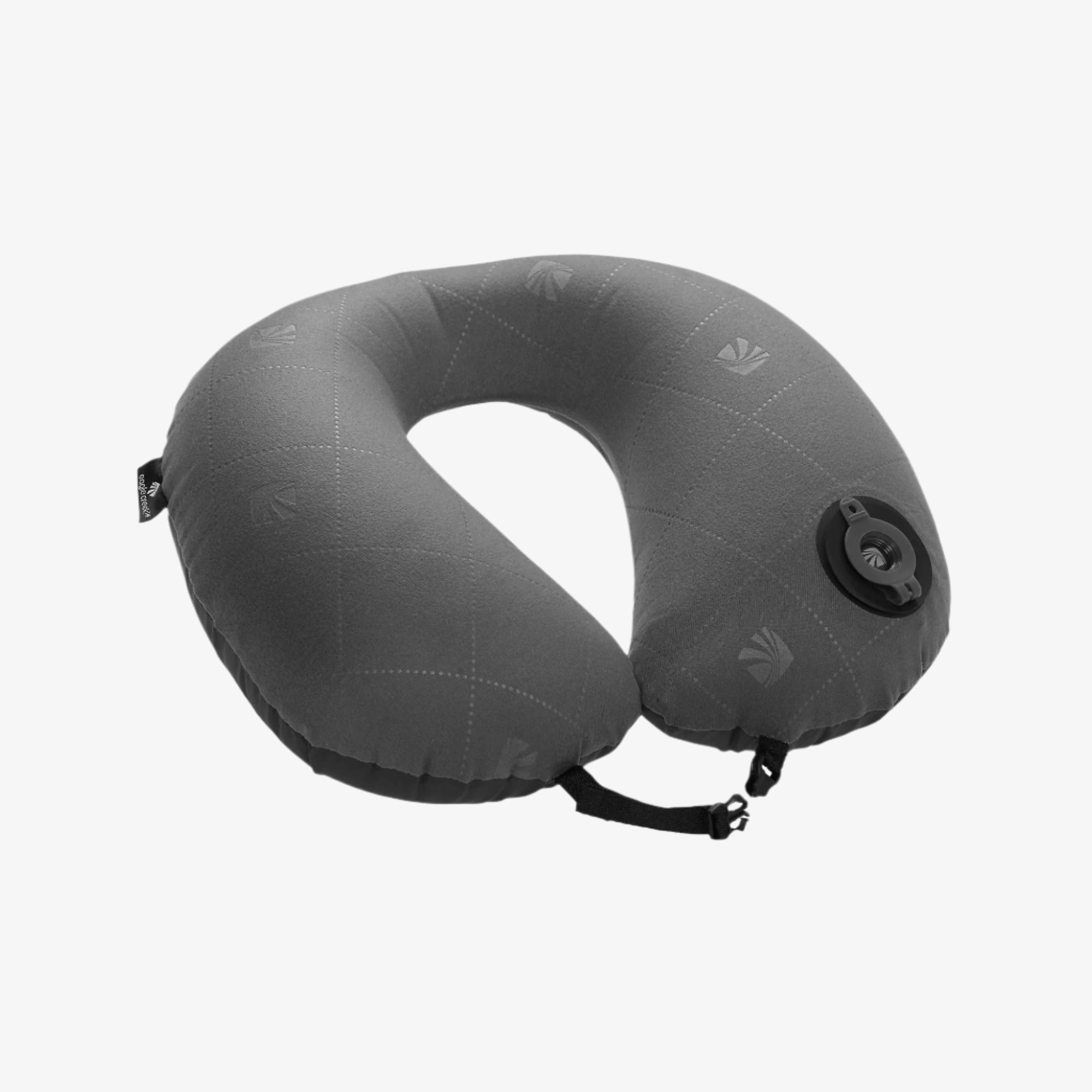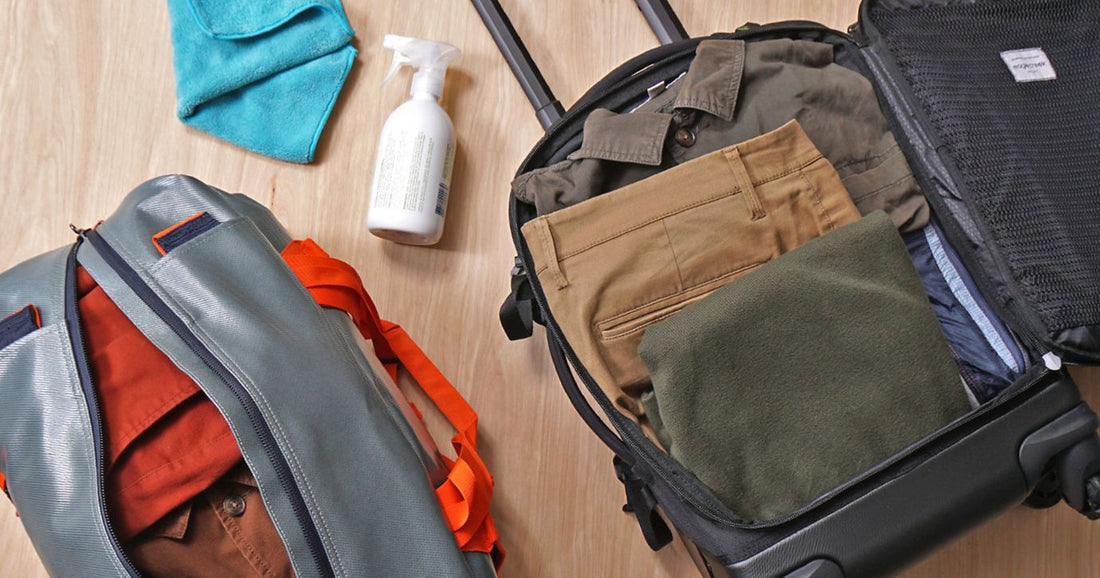- How to clean a suitcase in 7 steps
- How to clean fabric luggage
- How to clean hardside luggage
- Frequently Asked Questions
HOW TO CLEAN A SUITCASE IN 7 STEPS
STEP 1: DON'T BRING YOUR DIRTY LUGGAGE INTO YOUR HOME
STEP 2: BEFORE YOU CLEAN YOUR SUITCASE, UNPACK AND CLEAN YOUR CLOTHES
STEP 3: SANITIZE LUGGAGE HIGH-TOUCH SURFACES
STEP 4: CLEAN THE OUTSIDE OF YOUR SUITCASE
STEP 5: CLEAN THE INSIDE OF YOUR LUGGAGE
STEP 6: DRY YOUR SUITCASES THOROUGHLY
STEP 7: BAG IT AND STORE IT AWAY FROM YOUR BEDROOM

HOW TO CLEAN FABRIC LUGGAGE
Cleaning a fabric suitcase isn’t as daunting as it might seem. If you use compression packing cubes, especially water-resistant ones, cleaning your suitcase will be much simpler. One of the many benefits of using packing cubes is that the dust and debris on your clothing won’t spread easily into your fabric suitcase. Here’s a step-by-step guide on how to clean fabric luggage:
Materials you’ll need:
- Mild detergent or soap
- Microfiber towel
- Soft-bristled sponge or brush
- Warm water
- Vacuum cleaner with brush
- Baking soda or vinegar (optional)
Step-by-step instructions:
- Empty the suitcase: Start by emptying out all the contents of the suitcase and remove any debris or loose dirt.
- Vacuum: Use a vacuum cleaner with a brush attachment to gently vacuum the interior and exterior of the suitcase to remove loose dirt, dust, and crumbs.
- Spot clean stains: If there are any visible stains on the fabric, mix a small amount of mild detergent or laundry soap with warm water in a bucket. Dip a soft-bristled brush or sponge into the soapy water and gently scrub the stained areas. For tougher stains, add a little white vinegar to the solution or make a paste of baking soda and water and apply it to the stain. Let it sit for a few minutes before scrubbing and rinsing with clean water.
- Clean the interior: Wipe down the interior lining of the suitcase with a damp towel or sponge soaked in soapy water. Pay special attention to any soiled areas or spots where spills may have occurred.
- Rinse: Once you've finished spot cleaning, use a clean, damp cloth to wipe down the entire exterior and interior of the suitcase to remove any soap residue.
- Deodorize (Optional): If your suitcase has any lingering odors, sprinkle baking soda inside the interior lining and let it sit for a few hours before vacuuming it out. Alternatively, you can use a fabric deodorizer spray to freshen up the interior.
- Lint removal (Optional): If any lint or pet hair is stuck to the fabric, use a lint roller to remove them.

HOW TO CLEAN HARDSIDE LUGGAGE
Cleaning a hard-sided suitcase requires a slightly different approach than cleaning a fabric one. When choosing the best luggage for you, note how to clean different suitcases. Here's a step-by-step guide on how to clean hardside luggage:
Materials Needed:
- Mild detergent or dish soap
- Warm water
- Soft cloths or sponges
- Soft-bristled brush
- Rubbing alcohol or glass cleaner
- Magic eraser
- Toothbrush (optional)
- White vinegar (optional)
- Baking soda (optional)
Step-by-step instructions:
- Empty the suitcase: Start by removing all items from the suitcase and ensure it's completely empty.
- Vacuum: Use a vacuum cleaner with a brush attachment to remove any loose dirt, dust, or debris from the exterior and interior of the suitcase.
- Spot clean stains: For stubborn stains on the exterior, mix a small amount of mild detergent or dish soap with warm water in a bucket. Dip a soft cloth or sponge into the soapy water and gently scrub the stained areas. For tougher stains, you can use a soft-bristled brush or toothbrush to scrub the area. Rinse with clean water and dry with a towel.
- Clean the interior: Wipe down the interior of the suitcase with a damp cloth or sponge soaked in soapy water. Pay special attention to any soiled areas or spots where spills may have occurred. Rinse with clean water and dry with a towel.
- Remove scuff marks: If there are scuff marks on the exterior of the suitcase, you can use a magic eraser to gently buff them away. Alternatively, you can make a paste of baking soda and water and apply it to the scuff marks, then gently scrub with a soft cloth or sponge.
- Deodorize (optional): If your suitcase has any lingering odors, leave a small bowl of baking soda inside the interior overnight to absorb any odors. Vacuum or wipe out the baking soda residue in the morning.
- Disinfect (optional): To disinfect the interior of the suitcase, you can wipe it down with a solution of white vinegar and water or use rubbing alcohol or a glass cleaner. Allow it to air dry completely before using or storing.
- Polish (optional): If your hard-sided suitcase has a glossy finish, you can polish it with a plastic-safe polish to restore its shine.
FREQUENTLY ASKED QUESTIONS
What are the best products to clean a suitcase?
Knowing how to clean a suitcase properly starts with using the right products. The best products to clean a suitcase depend on the material, but generally, mild detergent or dish soap, warm water, soft cloths or sponges, and a soft-bristled brush are essential. Optional items include white vinegar for disinfecting, baking soda for deodorizing, rubbing alcohol or glass cleaner for stubborn stains, and a magic eraser for scuff marks on hard-sided suitcases.
Can you wash the inside of a suitcase?
Yes, you can wash the inside of a suitcase. Before you begin, make sure you empty the suitcase completely. Use a vacuum to remove any loose dirt or debris.
Next, wipe down the interior with a damp cloth or sponge dipped in a mild detergent solution, and pay close attention to any soiled areas or spills. Rinse the interior with clean water and allow it to air dry thoroughly before returning your items to the suitcase. This helps prevent mold and mildew growth. For fabric interiors, consider the extra step of a fabric deodorizer spray to eliminate any lingering odors and leave the interior fresh and clean.
How often should you clean your suitcase?
The frequency of cleaning your suitcase depends on personal preference, but it's generally recommended to clean it after every trip. Traveling exposes your suitcase to various environments, including airports, hotels, and vehicles, where it can pick up dirt, dust, and other debris. Knowing how to clean luggage properly after every trip ensures that any dirt, stains, or odors accumulated during travel are promptly addressed, keeping your suitcase fresh and ready for your next adventure.
How can I prevent my suitcase from getting dirty during travel?
To prevent your suitcase from getting dirty during travel, there are several strategies you can employ:
- Use luggage covers or protective shields: Invest in a luggage cover or protective shield to shield your suitcase from dirt, scratches, and other external elements during travel.
- Pack liquids in bags: Place any liquid items such as toiletries, shampoo, or sunscreen in sealed plastic bags to prevent leaks or spills from soiling the interior of your suitcase. Packing a toiletry bag will also help you with easy retrieval.
- Use laundry bags for dirty clothes: Pack a separate laundry bag to store dirty clothes during your trip. This helps keep them contained and prevents them from coming into contact with clean items in your suitcase.
- Avoid putting wet clothes in your suitcase: If you have damp or wet clothing, avoid packing them directly into your suitcase. Instead, allow them to air dry or use a separate waterproof bag to transport them until they can be properly dried.
In addition to these preventive measures, having a well-organized packing system can help keep your suitcase clean and organized throughout your travels. Check out our ultimate travel packing list to ensure you have everything you need for your trip.







































